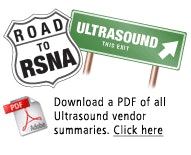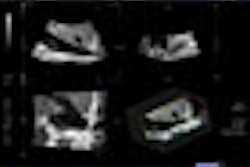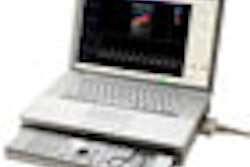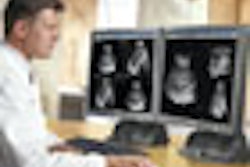Ultrasound has proved its utility in a wide variety of clinical applications over the years, and improvements on both the hardware and software sides of the equation will only strengthen its position in medical imaging.

In fact, screening opportunities in general may serve to boost adoption of ultrasound technology. The role of ultrasound in screening for pathologies such as abdominal aortic aneurysm (AAA), carotid stenosis, and peripheral vascular disease will most likely rise because the modality provides the possibility of accurate and cost-effective screening scans for a large population of at-risk patients, according to Dr. Edward Bluth of the Ochsner Clinic Foundation in New Orleans.
He noted that as patients have become increasingly sophisticated about the benefits of early detection and intervention, coupled with knowledge about screening techniques, they have begun requesting these exams to head off the most serious complications of disease.
Ultrasound is also gaining favor as a triage tool. For example, the use of ultrasound for focused assessment with sonography for trauma (FAST) exams may offer real benefit for traumatic injury patients. Of course, training is crucial to ensure accurate performance of these imaging studies.
This year's RSNA show will highlight improvements in transducer design, more powerful software that enables specialized applications, and the increased diffusion of small, compact systems that can be used at the point of care to facilitate more complete patient exams than just physical assessment can provide.



















